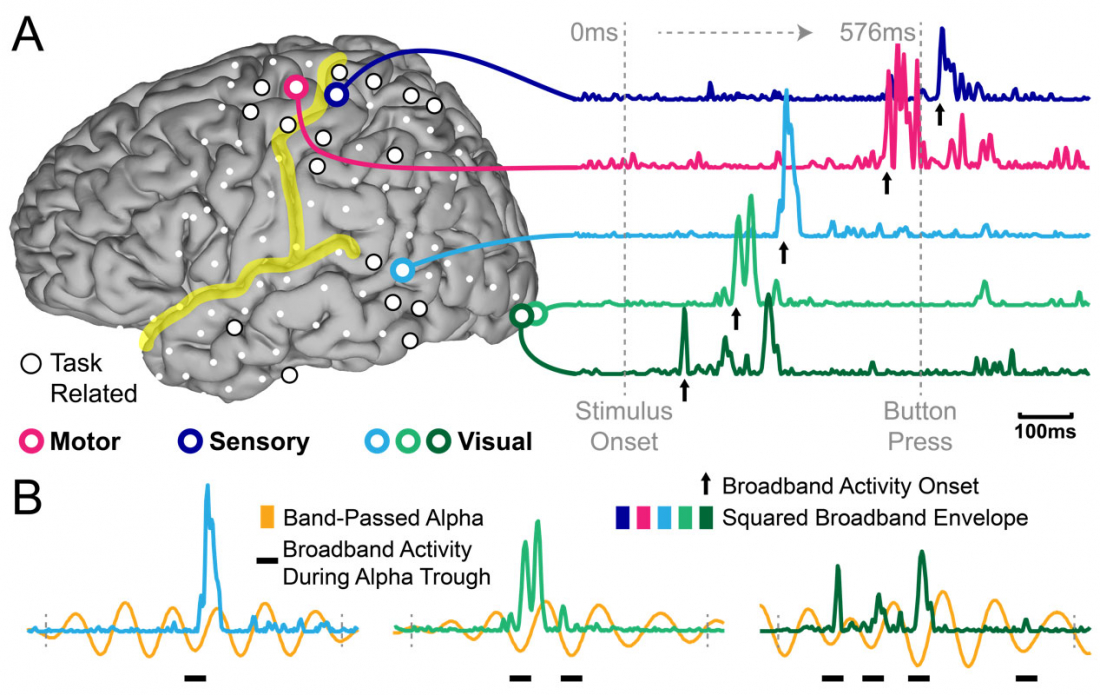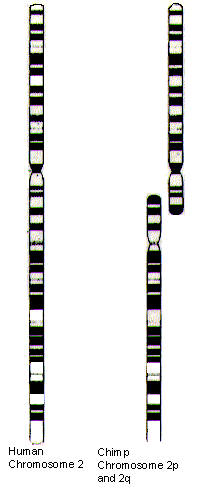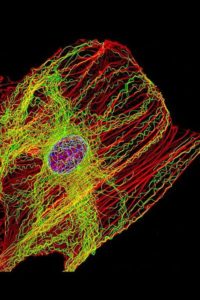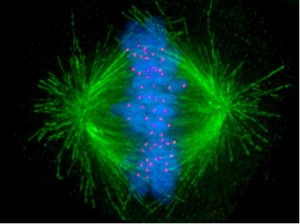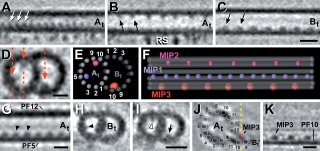Thank you for the interest. Chalmers clearly is not a "mysterian". The question was if any Sciforum members were....There seems to be vehement denial of the fact that consciousness is not mystical, but physical and should be explainable with physics, not magic.
Biology doesn't float on its own, so yeah -- any deep or satisfactorily explanation would be grounded in physics or its conception of matter (which might have to be revised unless it's already compatible with offshoots of Russellian monism that simply dissolve the hard-problem away for science).
I totally agree it is not magical, it is clearly physical.
Whether by "physical" one is referring to the corporeal phenomena of perception and instrument detection or to the abstract description physics extracts and infers from them -- both are epiphenomenal "maps". Epiphenomenal with respect to being like interfaces (we all know the icons displayed on the desktop file or background of a computer are causally impotent appearances -- what does the work is hidden).
Evolution seems to discriminate in favor of biological fitness rather than existential truth pertaining to a mental-independent or metempirical world. Phenomenal and rational properties make "evidence" possible in the first place, as far as being something beyond robot behavior and robot thoughts that transpire in the "dark" without experiential confirmation of themselves.
So the way a version of a world not mediated by manifested representations and communicative symbols would exist is unknowable other than declaring it absent of all "shown" and described properties (like after death). That is, if it was non-mental or devoid of those attributes. Even if a non-mediated existence did consist of mental characteristics in a non-personal or objective mode, it would be rather extraordinary if it subsisted to itself as humans represent it because, again -- experiments conducted for that indicate evolution doesn't select for that route (existential or ontological truth).
Plus, various types of realism revolving around science have already attested to that for centuries, but to a less extreme degree due to "rational objects" ironically still being treated as less mental than "sensory objects".
But that is precisely what is happening, the specialized neural network in parts of the brain literally combine to conjure self-conscious experiences. Let's remove the magical aspect of conjuring and call it an emergent property.
More specifically the manifestations in our perceptions, feelings, and thoughts should be slotted as the result of "brute emergence" if there are no primitive or undeveloped precursors of experience for the complex materializations concomitant with the brain to incrementally arise from.
Most scientists and their satellite philosophers despise panpsychism and any mitigated sub-species of it, in addition to any veiled version of it that can be exposed as having passed through gate security. Thus, there should be no non-controversial or non-fringe precursors resting on the table of the physical sciences for conventional or "non-magical" emergence. If there are, it's probably due to the majority watchdogs not being alert yet that _X_ is panprotoexperientialism or something in disguise. They aren't robustly adept in that department in terms of speedily recognizing an item which conflicts with their own prescribed canon or preferences (in this territory).
Last edited:

